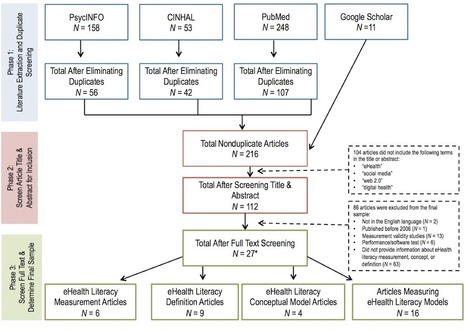According to the World Health Organization, “Health literacy builds on the idea that both health and literacy are critical resources for everyday living. Our level of literacy directly affects our ability to not only act on health information but also to take more control of our health as individuals, families and communities. “
The Angelina Jolie effect:
Some years ago, the famous actress and activist, Angelina Jolie, publicised her personal story of her family’s fight with cancer. This action had a significant effect on public health and health literacy. According to the data presented at the European Health Forum´s Gastein Workshop on Health Literacy and Personalised Medicine, on referral data specific to breast cancer family history 2012 versus 2013, there was a rise in referrals from May 2013 onwards, an increase in the enquiries for risk-reducing mastectomy with no increase in inappropriate referrals.
In a world where patients and consumers are pushed and incentivised to commercially exploit their medical data, the ability to understand the nature and value of the medical data and the implications of their commercial use is under the microscope. In addition, given the nature of the healthcare system, citizens are often wondering who they can trust with their medical data.
Furthermore, the Angelina Jolie effect is really a great example of influencer marketing. Influencer marketing is a form of marketing where the focus is placed on a public figure, with a powerful influence over a targeted audience and their engagement in a campaign in order to convince this audience towards a specific activity or good. In this case, Angelina Jolie is the influential public figure who managed to raise awareness around breast cancer screening.
What if we were using influencer marketing to increase health literacy around specific health issues?
Given the Angelina Jolie effect, we see how celebrities can strengthen health literacy. At the same time, these celebrities succeed because they speak to the audience through the channels and the language they understand. They truly engage with them in a human level. This “humanity” can be the key to future actions and campaigns aiming at tackling the issue of health literacy.
read the entire article at http://www.ehfg.org/blog/2018/10/03/personalised-medicine-health-literacy-w2/



 Your new post is loading...
Your new post is loading...








